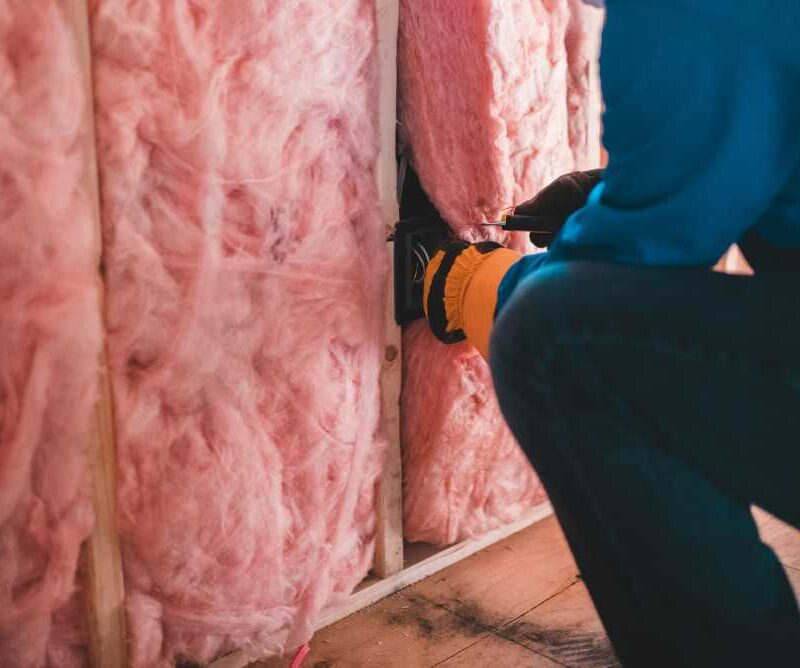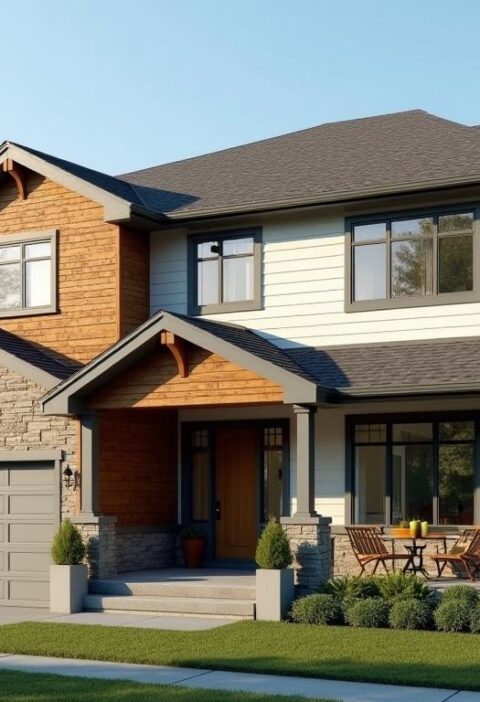Insulation is the unsung hero of home efficiency, providing a barrier against the whims of weather, be it bone-chilling cold or oppressive heat. It’s all about managing heat flow, and the right insulation creates a thermal buffer that maintains your living spaces at a comfortable temperature regardless of the exterior climate.
Insulation stabilizes indoor temperatures and reduces energy usage by mitigating the need for heating and cooling systems to kick into high gear constantly. Quality insulation works round-the-clock, in silence and invisibility, ensuring you can live comfortably without the specter of astronomical energy bills haunting your budget.
Educating yourself on the essentials of insulation is the first step toward a greener, more sustainable living space.
The Impact of Insulation on Energy Consumption
Considering the potential energy savings that proper insulation can afford a household is staggering. A well-insulated home cuts down on the amount of energy required to heat and cool it and reduces our reliance on energy sources that contribute to greenhouse gas emissions. This is no small matter in an era of climate change at the forefront of global concerns.
Homeowners can play a significant part in this environmental conversation by opting for insulation that conserves energy, slashing their carbon footprint and fostering a more sustainable living environment. In doing so, they embrace a duality of purpose—pursuing personal economic prudence and environmental responsibility.
Choosing the Right Materials for Insulation
When it comes to insulation materials, homeowners are spoilt for choice. There’s fiberglass, known for its ease of installation and cost-effectiveness; cellulose, prized for its eco-conscious use of recycled materials; and spray foam, which provides an unparalleled air barrier that prevents heat escape.
Each of these materials is quantified by an R-value, a critical indicator of their insulating power. But it’s not just about thermal resistance; many homeowners now weigh the ecological footprint of the insulation they choose.
Eco-friendly alternatives, which often boast lower production emissions and can be recycled at the end of their useful life, resonate with those aligned with green ideals. As such, the selection of insulation is as much a statement of environmental values as it is a technical decision about thermal management.
The conversation around home efficiency extends beyond the confines of your living areas. Elements like garage doors are pivotal in your home’s overall energy consumption. With the garage acting as a buffer zone to the outside world, ensuring that its door is just as effectively insulated as your walls and attic can prevent energy slipping through the cracks.
Properly equipped, the garage door can significantly stave off the exchange of hot and cold air, keeping your energy usage—and by extension, your energy bills—in check.







